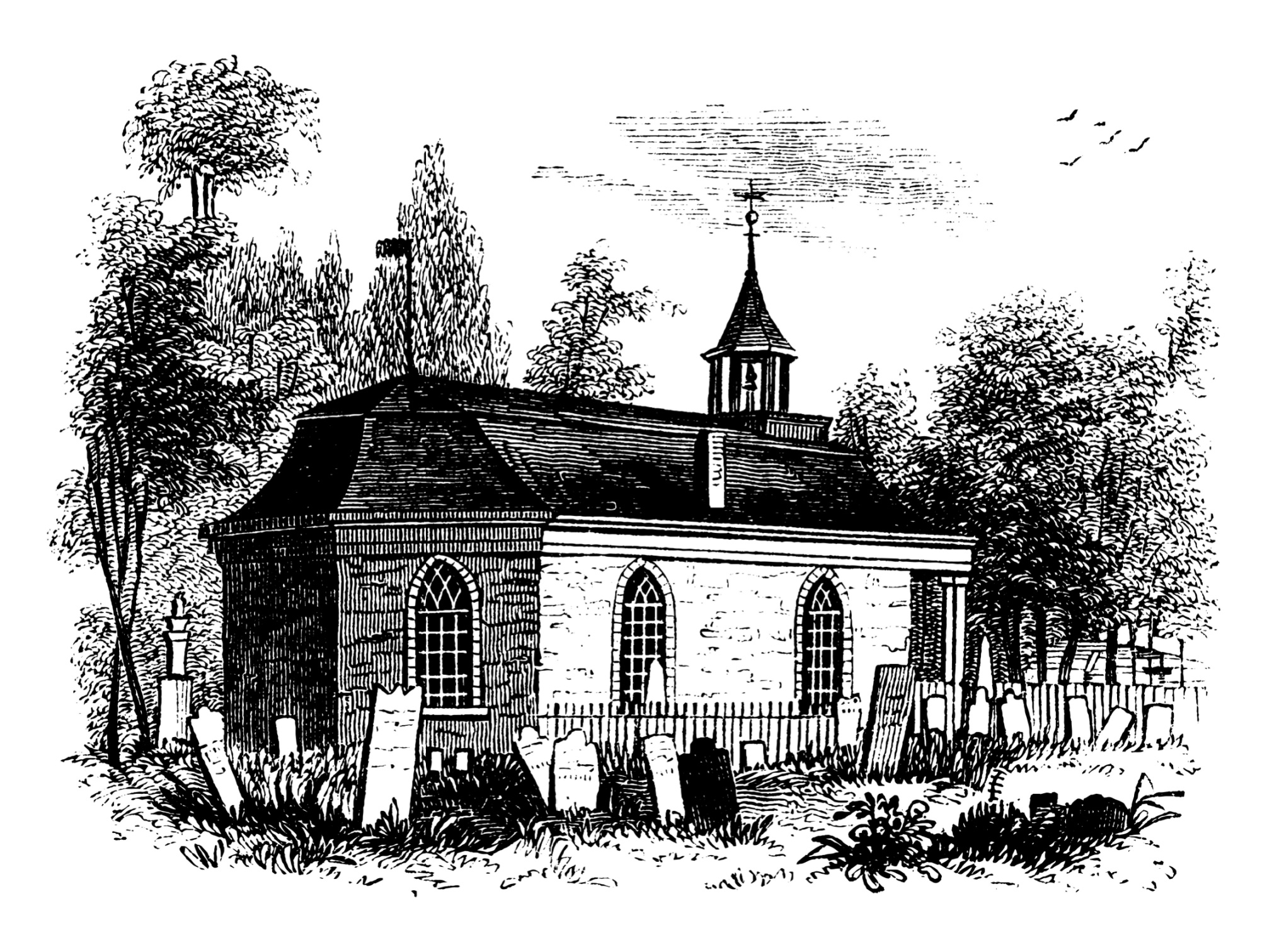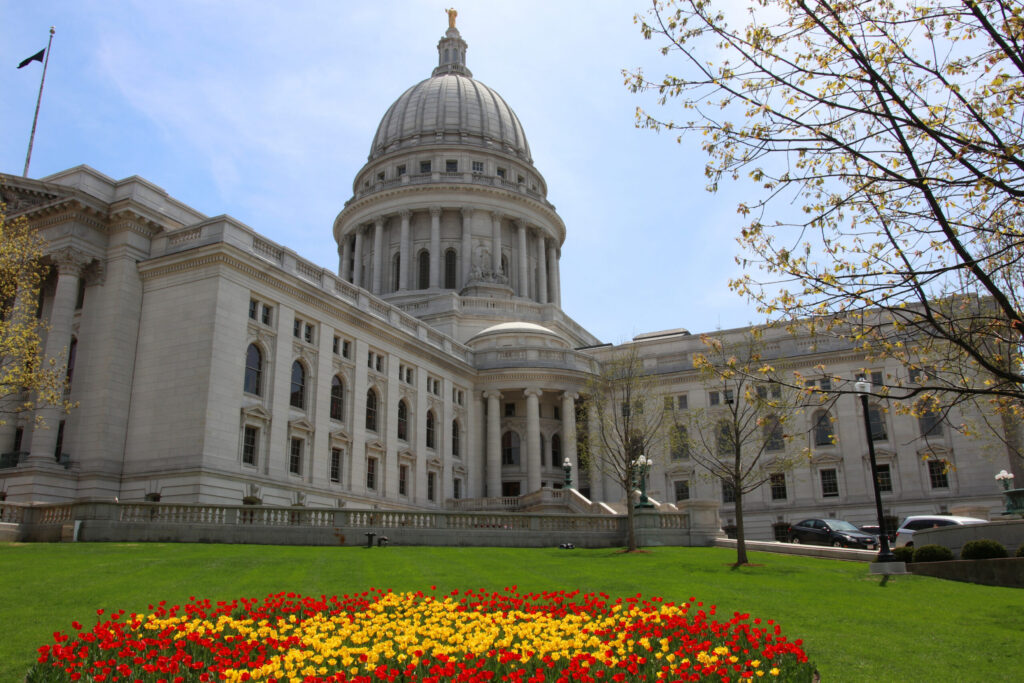Six in Ten Americans Have Retirement Savings—But Gaps Persist Across Income and Education

Roughly 60% of Americans report having money tucked away in a retirement savings account like a 401(k), 403(b), or IRA, according to a new Gallup survey. While that may seem like good news at first glance, the data reveals deeper disparities tied to income, education, and race that point to persistent inequality in how Americans prepare for life after work.
The biggest divide in retirement savings ownership isn’t by age or gender—but by income. A staggering 83% of adults earning at least $100,000 annually have a retirement account. Compare that to just 28% of households earning under $50,000. That’s a 55-point gap that underscores a basic economic reality: it’s a lot easier to save when your bills aren’t stretching every paycheck. Education shows a similar trend. Among college graduates, 81% have retirement savings. For Americans without a college degree, that figure drops to 39%.
Age plays a predictable role. Just 39% of adults aged 18–29 report having retirement savings, compared to 63% of those aged 30–49 and 70% of those between 50 and 64. Among those 65 and older, the rate holds relatively steady at 62%. Gender, interestingly, doesn’t show much variation—men and women are equally likely to report having retirement savings. But the racial gap is striking: while 68% of non-Hispanic White adults say they have a retirement account, only 42% of people of color say the same.
Because most retirement accounts are invested in the stock market, having a retirement plan and owning stock often go hand in hand. Gallup found that 89% of adults with a retirement savings account also report having money in stocks or mutual funds, and 86% of stock owners report having a retirement savings plan. The overlap reflects how closely tied retirement planning is to market participation.
Still, having a plan doesn’t always translate into peace of mind. Half of non-retired adults with a retirement account believe they’ll have enough money to live comfortably after they stop working. Among those without a plan, that number drops to just 31%. There’s a bigger confidence gap when it comes to present-day comfort: 78% of people with retirement savings say they have enough to live comfortably today, compared to only 50% of those without savings.
The real comfort, though, seems to come after retirement. Among those already retired, 94% of adults with a savings plan say they are living comfortably. And even among retirees without a plan, 70% say they’re doing just fine—likely thanks to the steady income provided by Social Security.
While it’s encouraging that six in ten Americans are saving for retirement, the numbers suggest a larger truth: the ability to save remains a privilege, more accessible to those with higher incomes and greater educational opportunities. And even among savers, only half feel confident they’ll have enough to get by once they leave the workforce. For a country where financial independence is considered part of the American dream, that’s a sobering reality.
RECENT










BE THE FIRST TO KNOW
More Content By
Think American News Staff











